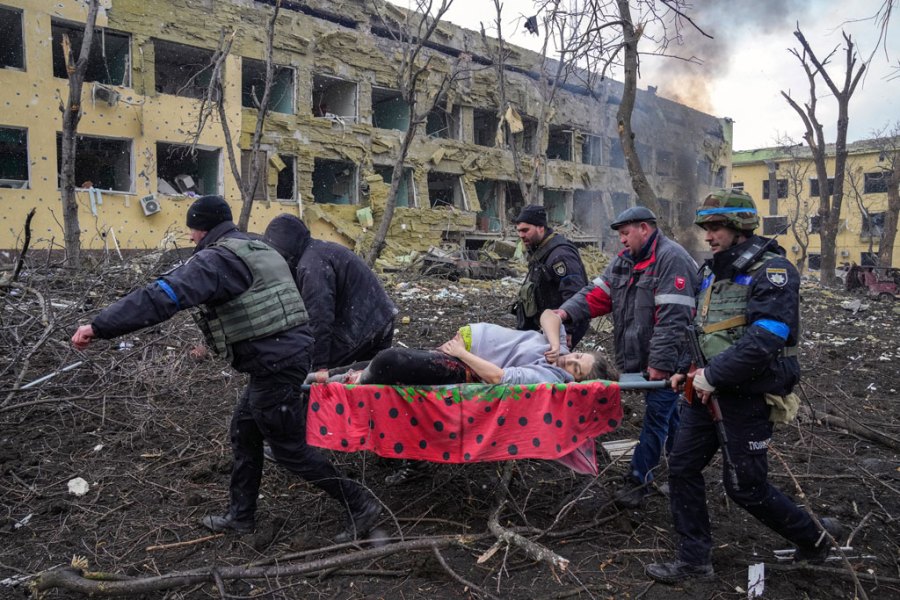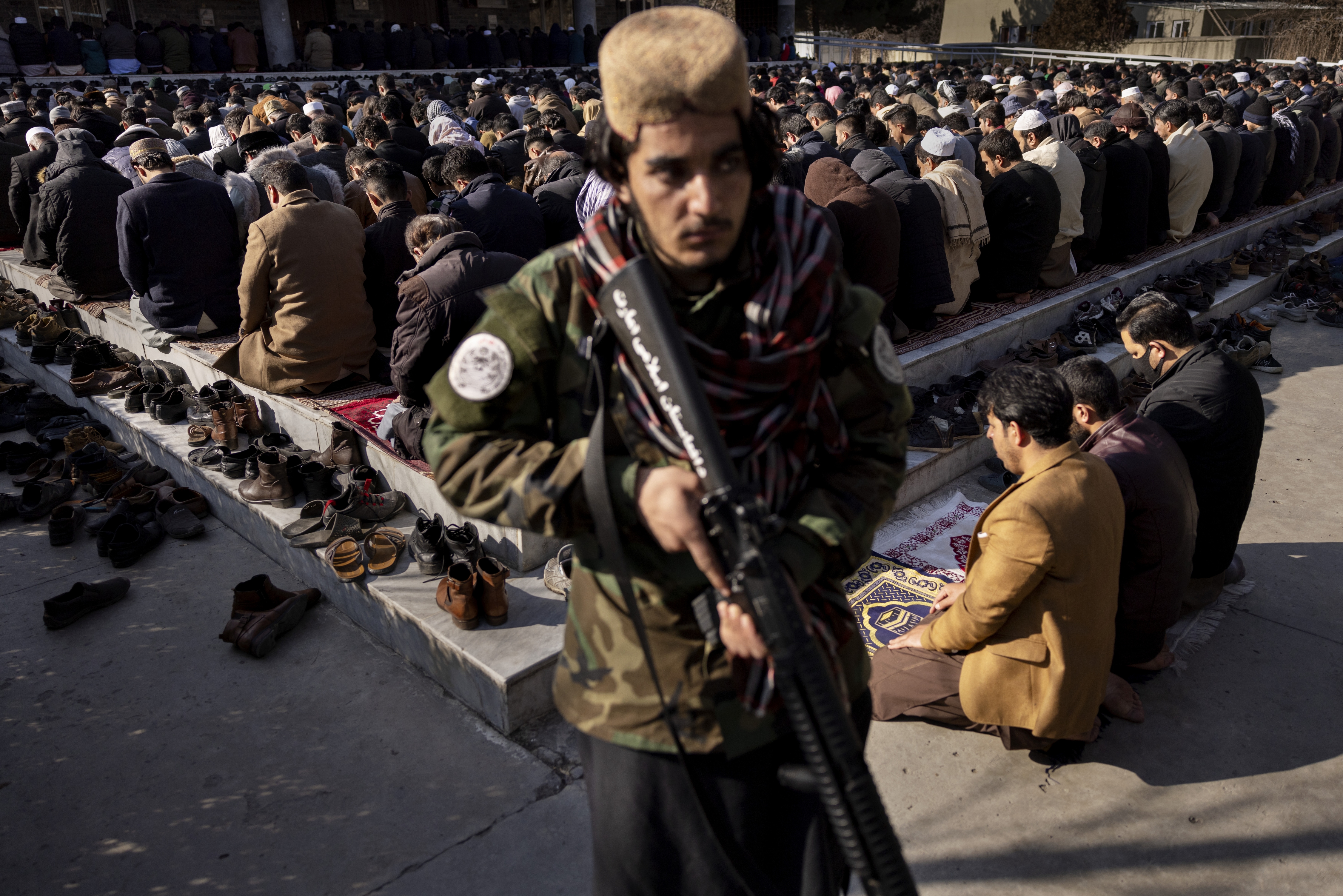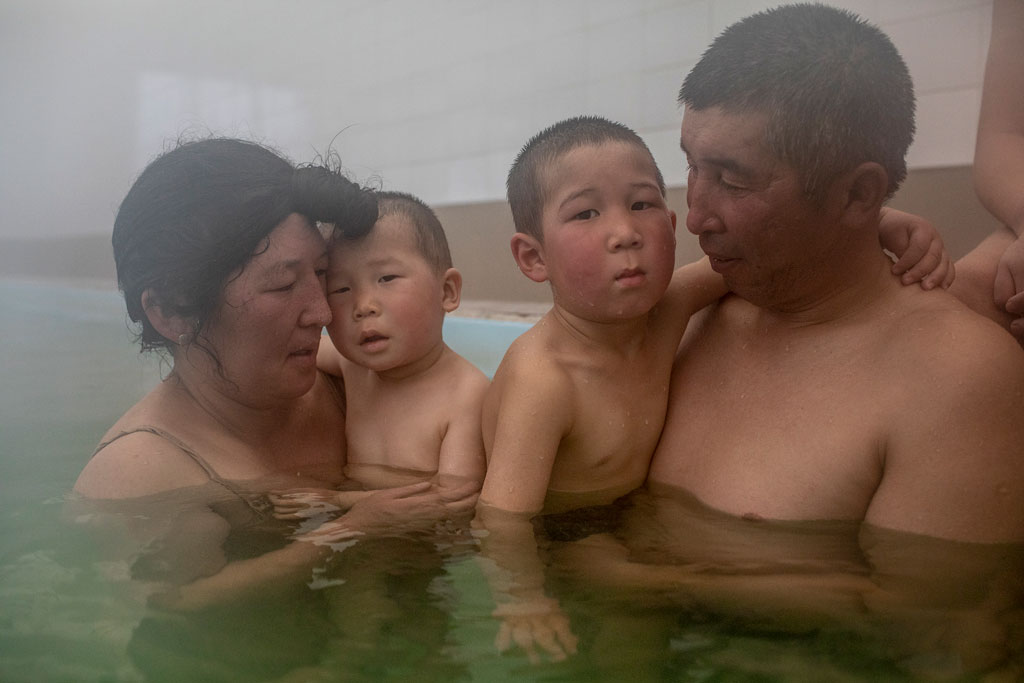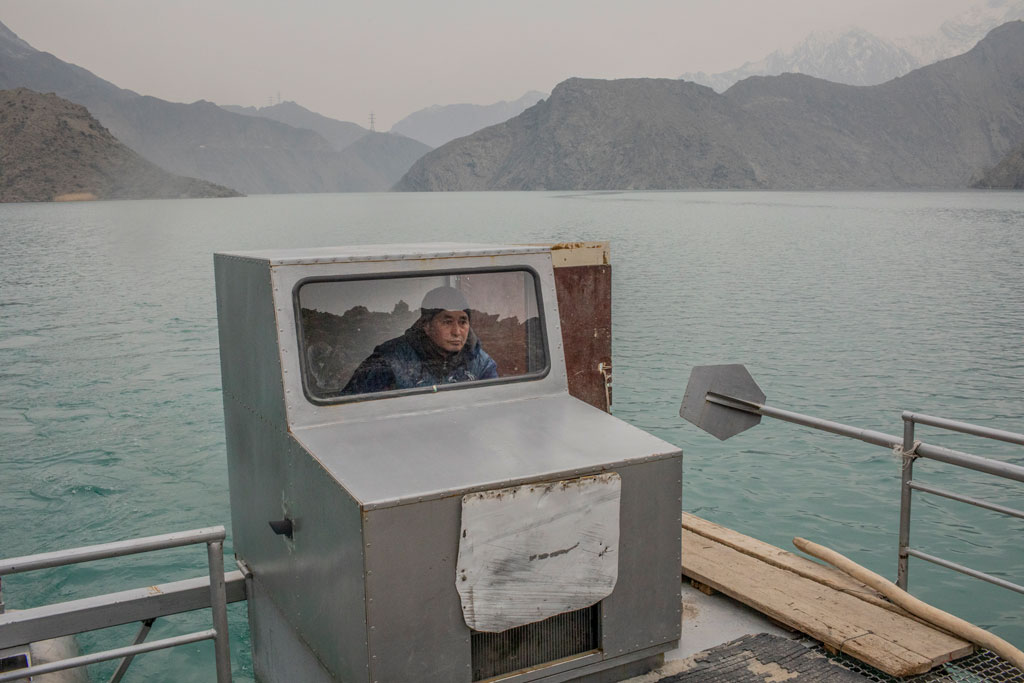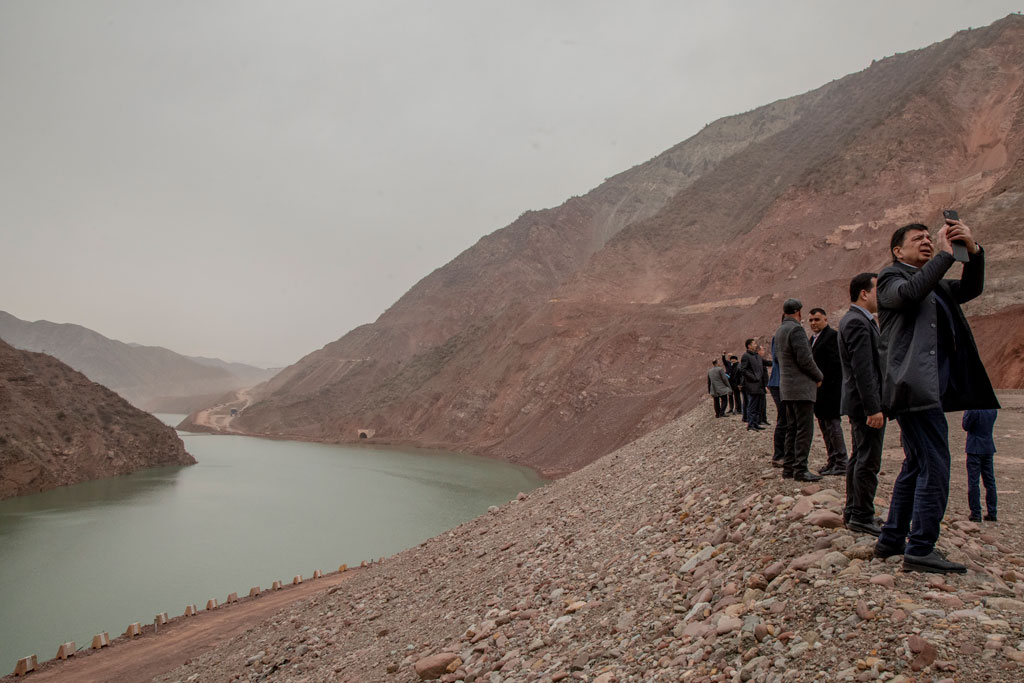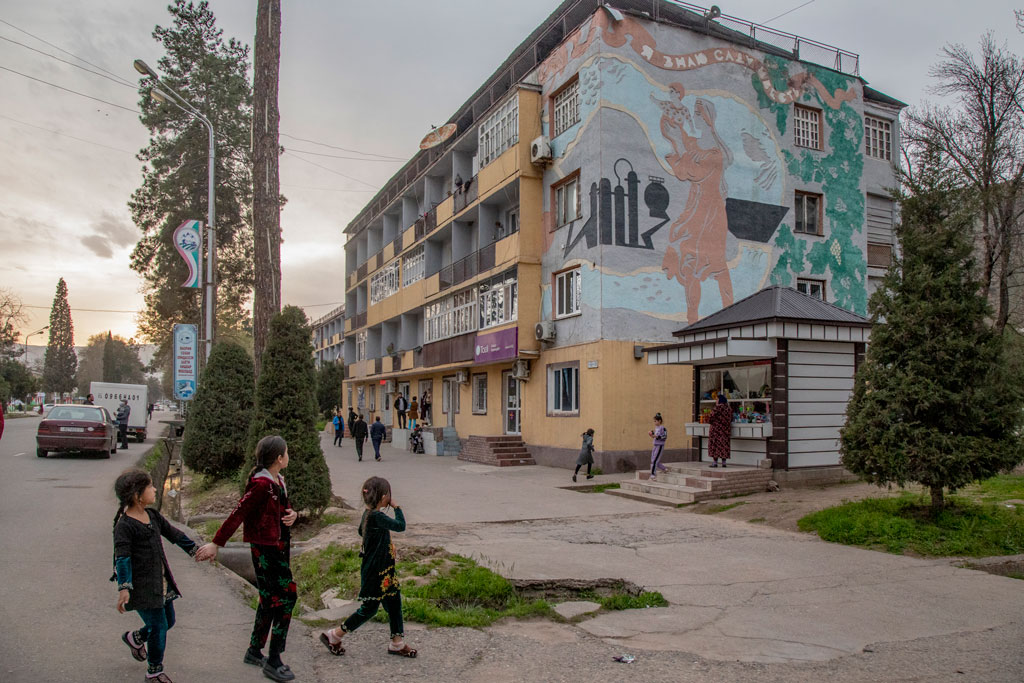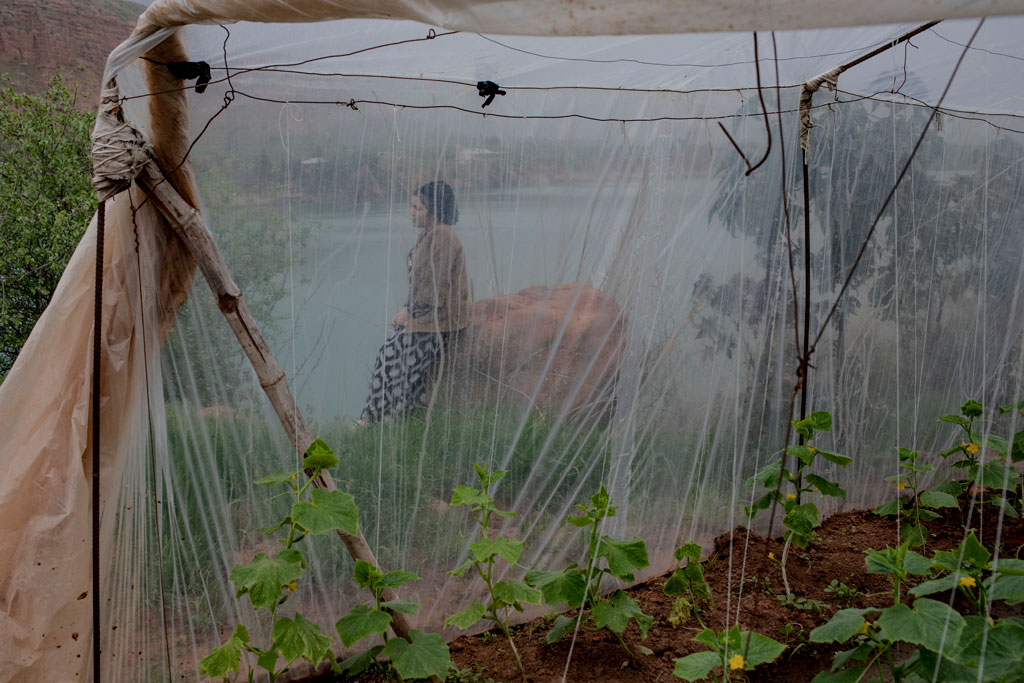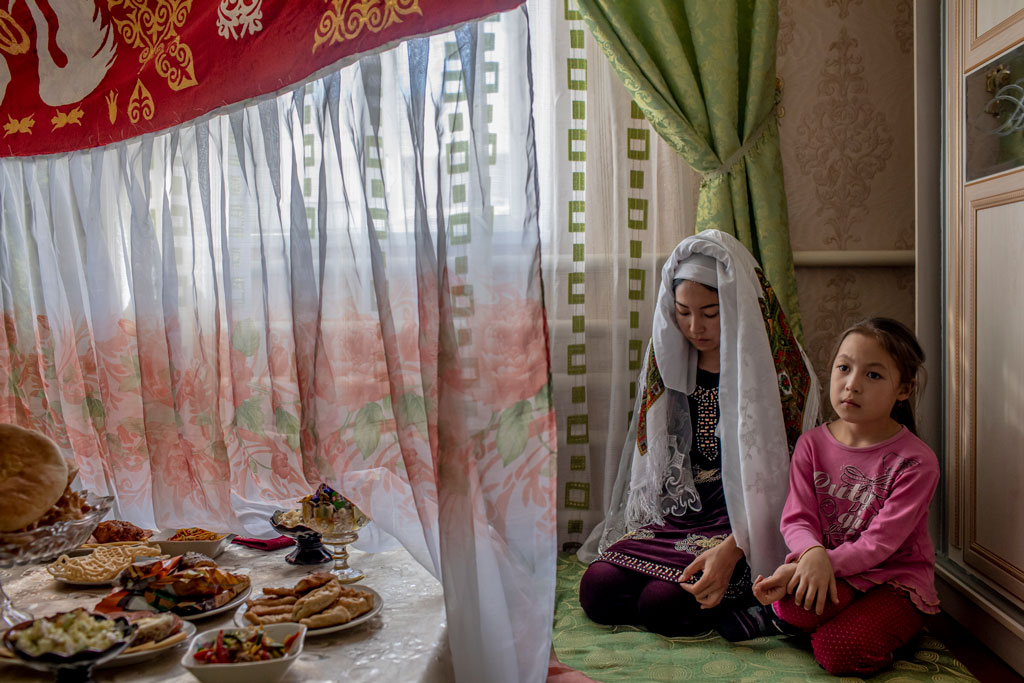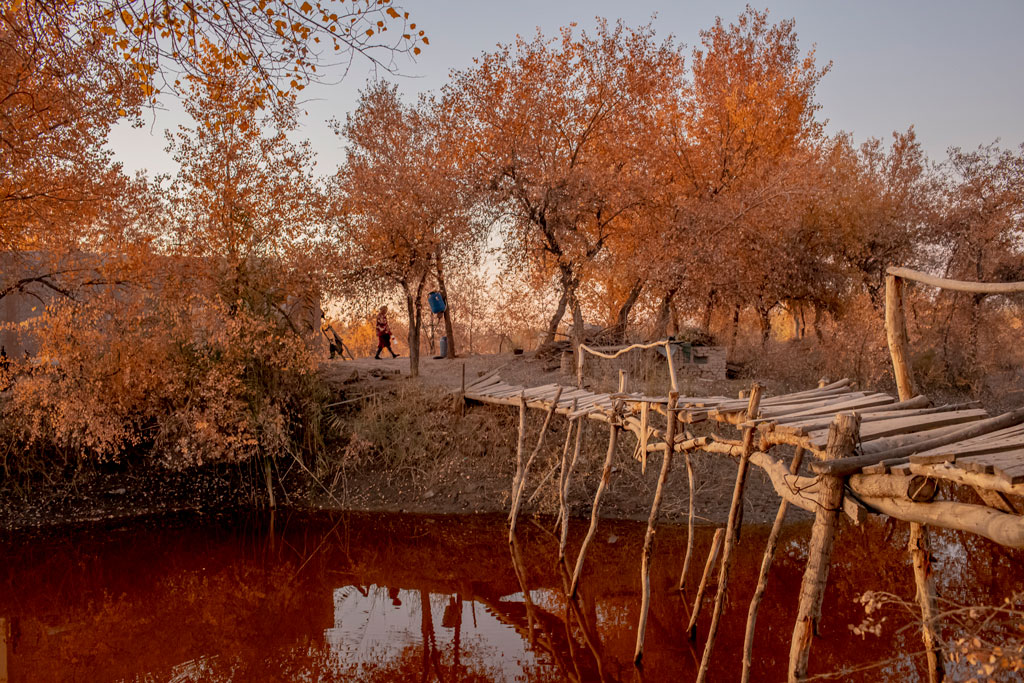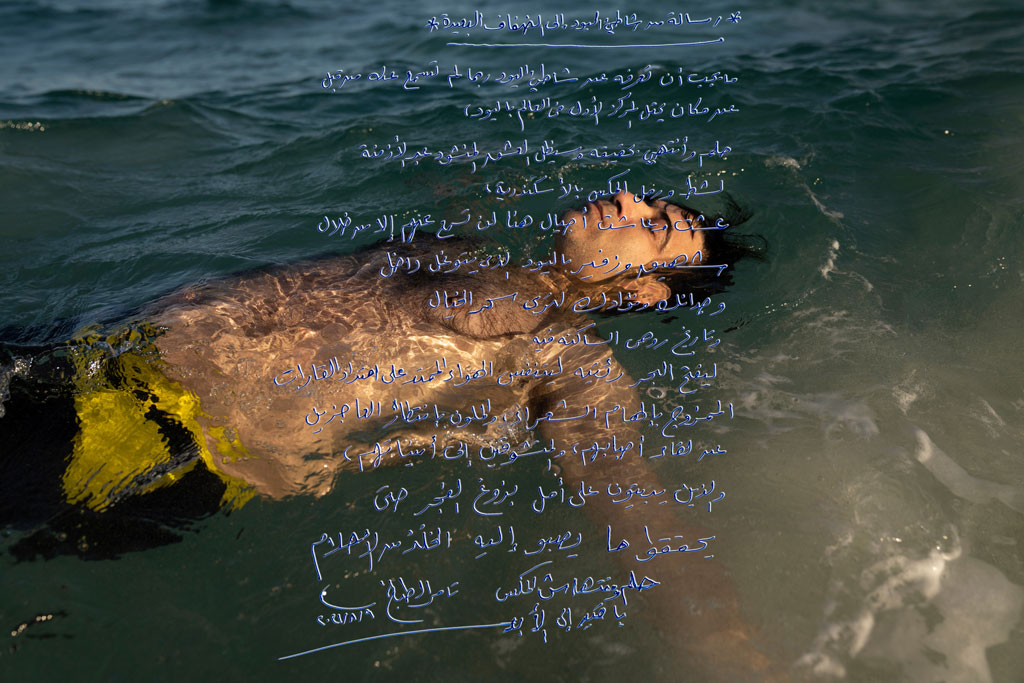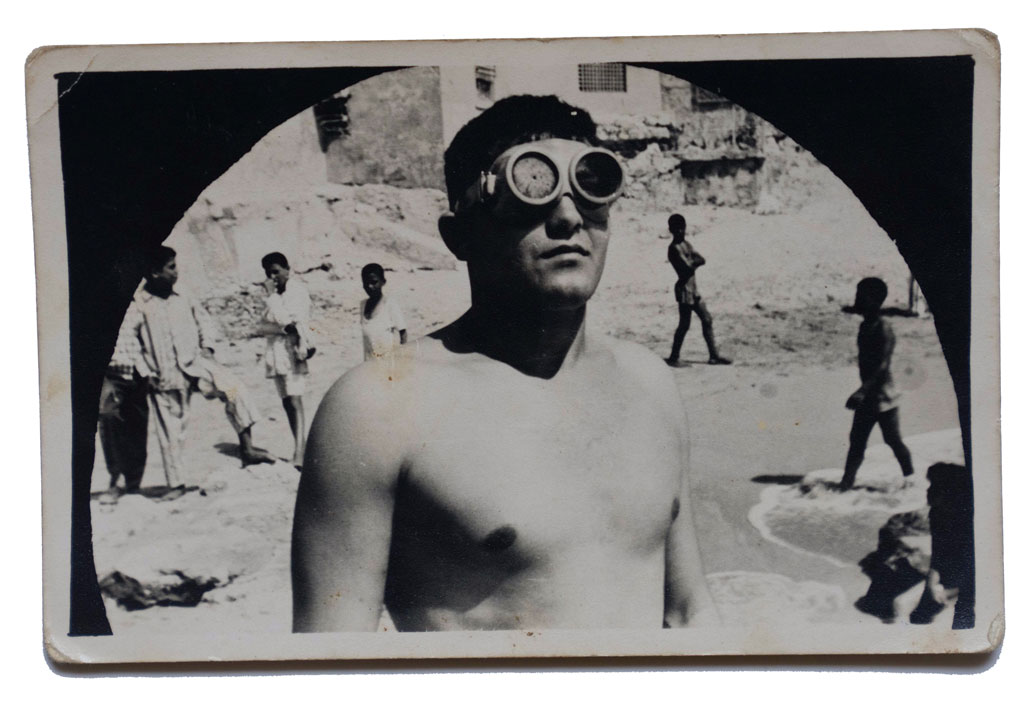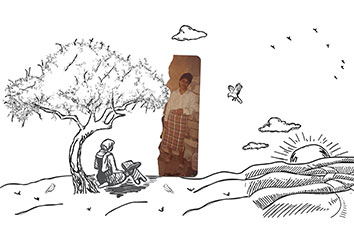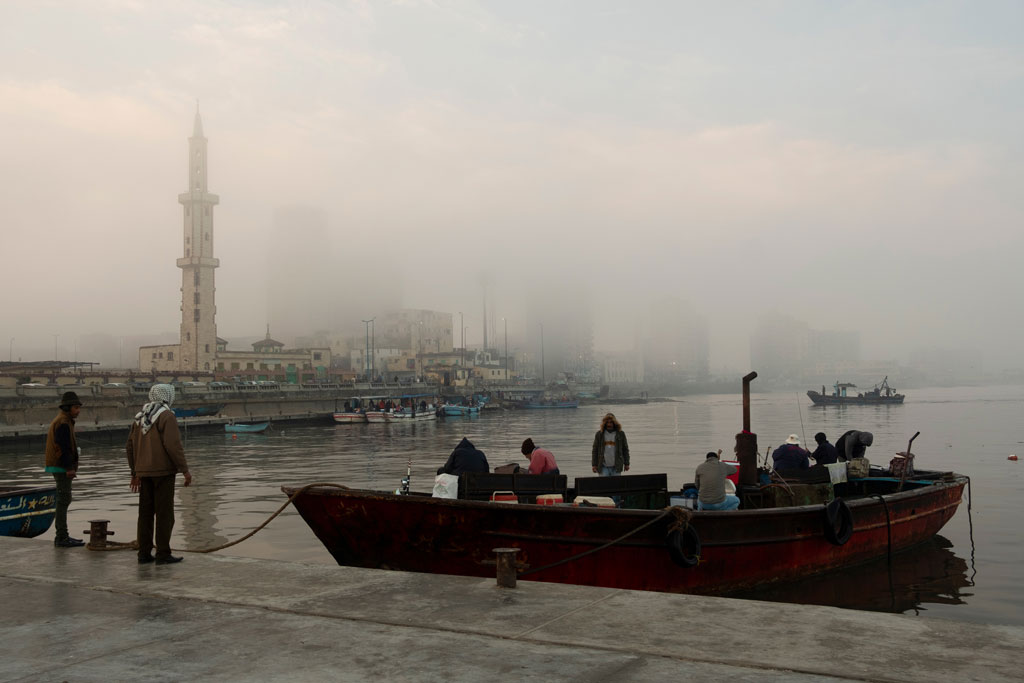The World Press Photo contest 2023 global winners have been announced, chosen from among the World Press Photo 2023 regional winners. The contest recognises the best photojournalism and documentary photography of the previous year.
The Photo of the Year award has gone to Evgeniy Maloletka for his photo taken in the aftermath of an airstrike of a maternity hospital during the siege of Mariupol, Ukraine which the photographer has described it in an interview as ‘the image I want to forget but couldn’t’. Mads Nissen’s photos documenting everyday life under the Taliban in Afghanistan have won Story of the Year.
All winning images will be shown in a series of exhibitions starting on 22 April in cities around the world including Amsterdam, Berlin, Barcelona, Zurich, Tel Aviv, Rome, Sydney, Toronto, Jakarta, Taipei, Singapore and Mexico City.
Below, we have a look at the WPP 2023 global winners below:
World Press Photo 2023: Photo of the Year
Mariupol Maternity Hospital Airstrike by Evgeniy Maloletka, Associated Press
Iryna Kalinina (32), an injured pregnant woman, is carried from a maternity hospital that was damaged during a Russian airstrike in Mariupol, Ukraine, on 9 March 2022. Her baby, named Miron (after the word for ‘peace’) was stillborn, and half an hour later Iryna died as well. An OSCE report concluded the hospital was deliberately targeted by Russia, resulting in three deaths and some 17 injuries.
When Russian forces invaded Ukraine on 24 February 2022, they immediately targeted the strategically important port of Mariupol on the Sea of Azov. By 20 May, Russia gained full control of the city, which had been devastated by shelling, and tens of thousands of civilians had fled or been killed. Maloletka was one of the very few photographers documenting events in Mariupol at that time. The jury felt his story communicated the horror of the war for civilians; they praised the photographer’s resilience while working under immense pressure and imminent threat.
Global jury chair, The New York Times photo editor and co-founder of Diversify Photo, Brent Lewis has said, ‘The haunting image from the siege of Mariupol was unanimously chosen as the winner of the World Press Photo of the Year. With the vote being decided on the first anniversary of the beginning of the war in Ukraine, the jury mentioned the power of the image and the story behind it, as well as the atrocities it shows.’
He continued, ‘The death of both the pregnant woman and her child summarized so much of the war, as well as the possible intent of Russia. As one juror put it: “It’s like they are trying to kill the future of Ukraine.”‘
World Press Photo 2023: Story of the Year
The Price of Peace in Afghanistan by Mads Nissen, Politiken/Panos Pictures
After the withdrawal of US and allied forces from Afghanistan in August 2021, the Taliban returned to power. In response, other nations stopped providing foreign aid and froze billions of dollars of government reserves deposited abroad. Intense droughts in 2022 exacerbated the economic crisis; currently half of the country’s population do not have enough to eat and over a million children are severely malnourished according to the UN. This story captures the many difficulties Afghan people face in their daily lives.
Unable to afford food for the family, the parents of Khalil Ahmad (15) decided to sell his kidney for US$3,500. The lack of jobs and the threat of starvation has led to a dramatic increase in the illegal organ trade. Herat, Afghanistan, 19 January 2022.
Women and children beg for bread outside a bakery in central Kabul, Afghanistan, on 14 January 2022.
The Islamic declaration of faith, “There is no God but Allah, and Muhammad is His messenger”, covers the wall of the former US Embassy in Kabul, Afghanistan.
A heavily armed Taliban checkpoint outside Bamiyan. For years, the Taliban waged guerilla warfare against foreign troops and the Afghan army; now they must guard against attacks by the Islamic State. 12 January 2022.
World Press Photo 2023: Long-term project award
Battered Waters by Anush Babajanyan, VII Photo/National Geographic Society
Four landlocked Central Asian countries are struggling with the climate crisis and lack of coordination over the water supplies they share. Tajikistan and Kyrgyzstan, upstream on the Syr Darya and Amu Darya rivers, need extra energy in winter. Downstream, Uzbekistan and Kazakhstan need water in summer for agriculture. Historically, the countries seasonally traded fossil-fuel energy for water released from upstream dams, but since the fall of the USSR and the rise of privatized industries, this system has become imbalanced. Unsustainable use of water and recent intense droughts compound the challenges.
Jaynagul Brjieva and her family enjoy an outing to a hot spring in Kaji-Say, Kyrgyzstan, on 9 March 2021. The waters are thought by some to have healing properties.
Sonunbek Kadyrov pilots his water taxi, serving the village of Kyzyl-Beyit, Kyrgyzstan, on 16 March 2021. Local access to the main road was blocked by flooding during construction of the Toktogul Dam in the 1960s.
Visitors photograph the Rogun Dam, being built in eastern Tajikistan to provide hydroelectric power, on 22 March 2022. The 335-meter-high dam is due for completion in 2028-2029.
Girls cross a street in Norak, Tajikistan, on 21 March 2022. The Norak Hydroelectric Station provides 70 percent of the country’s electricity. Dam water levels fell by four meters in 2021.
An inhabitant of the village Istiqlol, Tajikistan rests beside her greenhouse on the River Vakhsh, a tributary of the Amu Darya, on 23 March 2022. She uses river water to irrigate her cucumbers.
Dinara (18) sits with a relative on her wedding day in Muynak, Uzbekistan, on 27 October 2019. Once a port on the Aral Sea, Muynak is now more than 150 kilometers from the coast. Dinara’s father and new husband travel there to work as shrimp farmers.
Silt in the Amu Darya in Uzbekistan gives the water a dark red color, as water levels in the river continue to decrease. 28 October 2019.
World Press Photo 2023: Open format award
Here, The Doors Don’t Know Me by Mohamed Mahdy
This web-based project explores the effects of rising seas on the local community in Al Max, a fishing village situated along the Mahmoudiyah canal in Alexandria, Egypt. For generations, its residents have lived and worked on the canal that leads to the Mediterranean Sea. In 2020, the Egyptian government began evicting parts of Al Max and relocating people to housing several kilometers away from the canals, not only demolishing homes, but also endangering the collective memories and local culture embedded in the neighborhood. The stories featured here speak to the precarity of people everywhere striving for recognition amid global economic and environmental upheaval.
People of the Al Max community speak of love letters or last words found in bottles that would wash on to their shores. For this project, Mohamed Mahdy encouraged residents to write their own letters, building an archive of private memories for future generations. Visitors to the website are also encouraged to send their letters to the residents of Al Max, opening a channel of communication to the world. Utilizing found imagery and the artist’s own photography, Mahdy’s project presents an elegy to a communal way of life on the cusp of disappearing.
Find out more
To find out more about the World Press Photo Awards 2023 just visit the World Press Photo website.
Related articles:
- Best photography competitions to enter in 2023
- Best photography exhibitions to see in 2023
- View the amazing winning images in the 2022 World Press Photo Contest
- Nikon will sponsor Marilyn Stafford FotoReportage Award 2023

